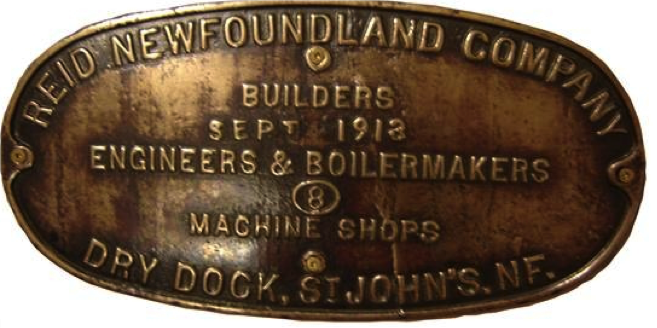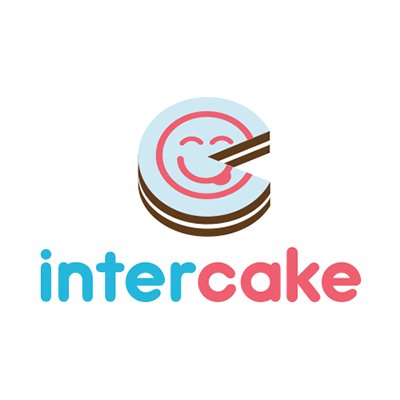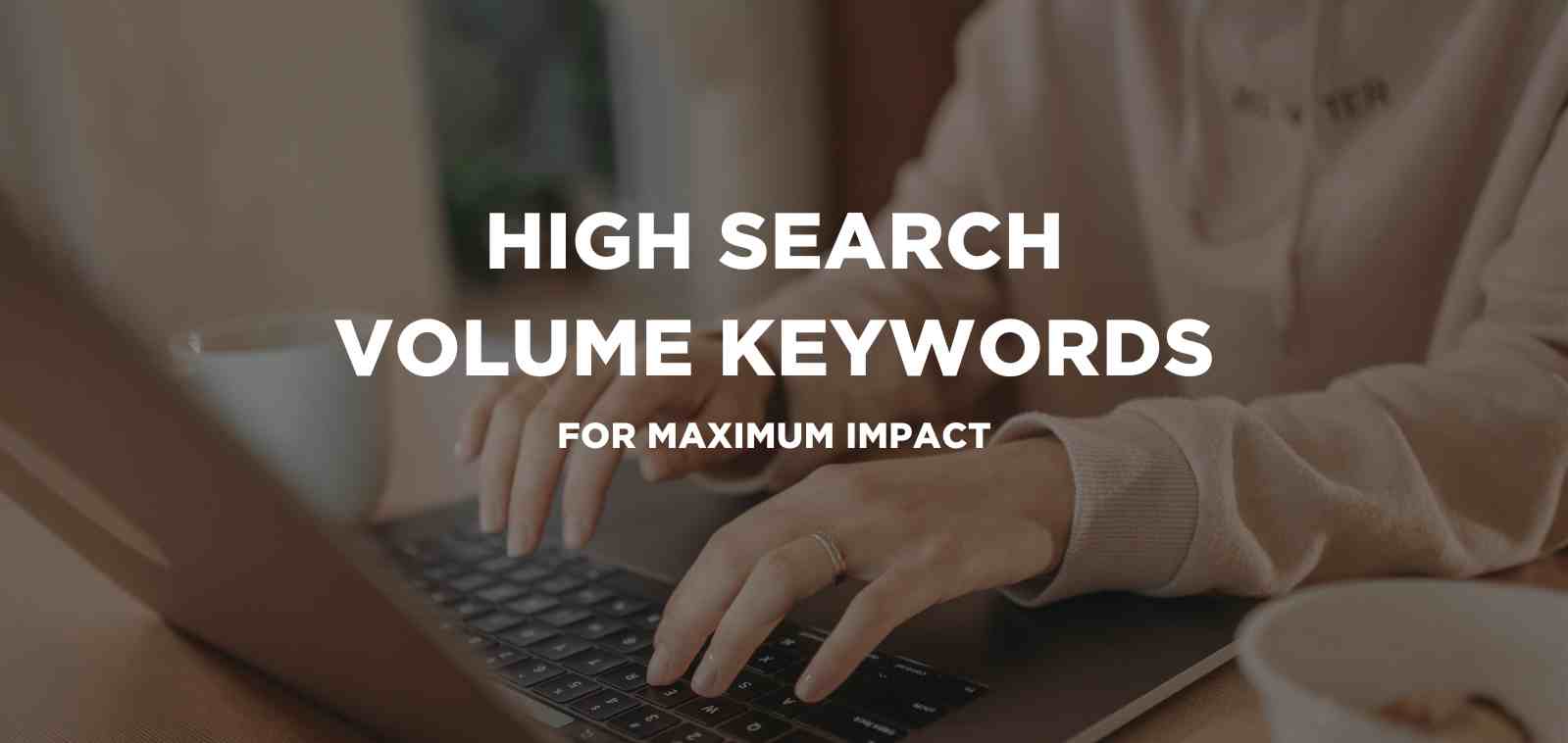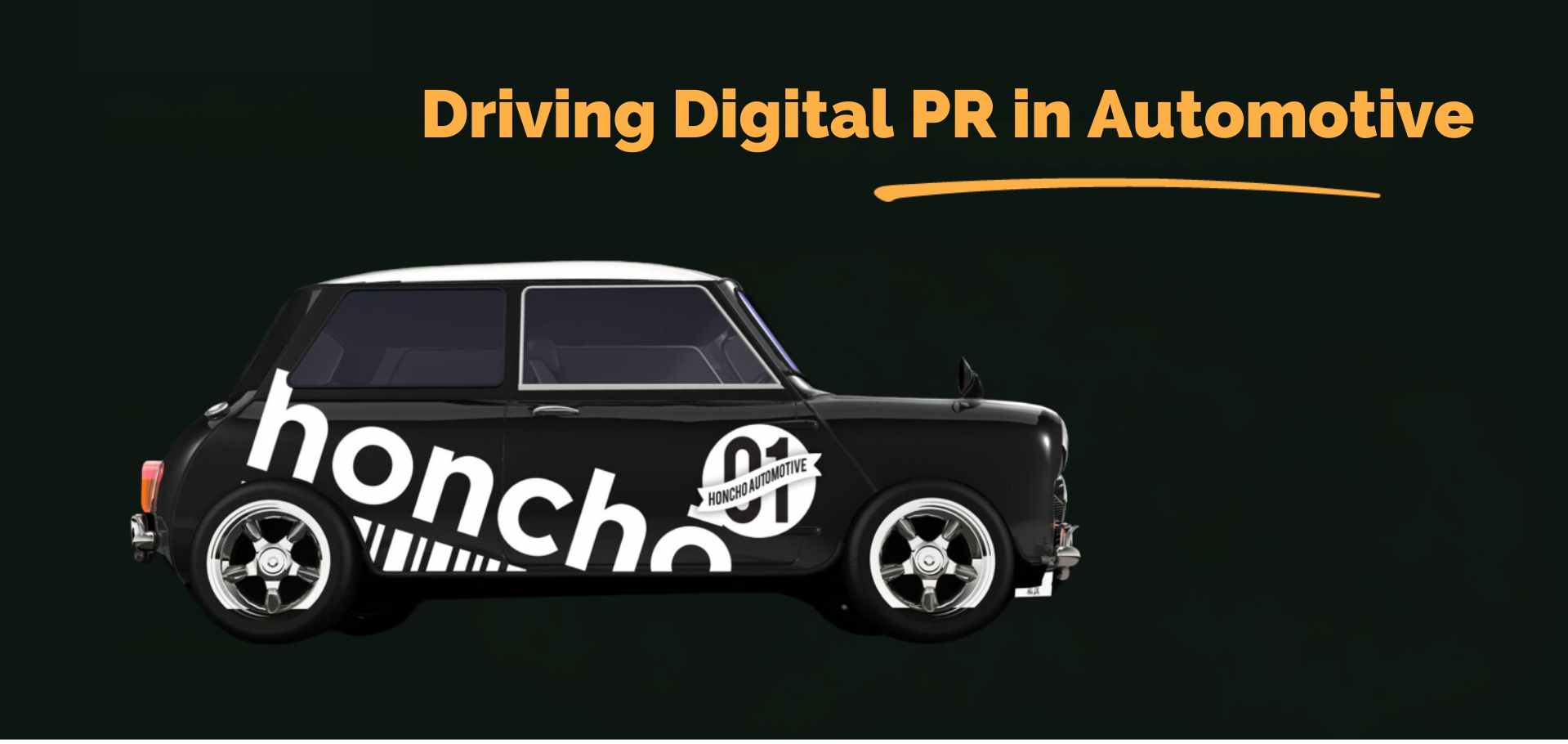5 min read
Harnessing High Search Volume Keywords for Maximum Impact
Discover the power of high search volume keywords and how to effectively use them to boost your online presence and drive maximum impact.
In marketing, a boilerplate is a short paragraph summarising a company and is used across all marketing materials. It is always the same and can be found at the bottom of press releases and reports, on the ‘About Us’ page of the website, and anywhere else where people may require a brief description of the company.
For any history buffs out there, the term boilerplate comes from the 1800s when boilerplates were steel plates used in making boilers for ships. Because of its connotation of being strong and reusable, half a century later the newspaper industry took on the term to describe “a unit of writing that can be used over and over without change.”
It is useful because it keeps your brand image consistent and prevents people across the company from having to spend time describing the company slightly differently over and over.
It’s important because it is the one piece of company information that receives the broadest exposure and can be used across all channels. It is well worth spending time to get your boilerplate just right. Journalists will use it when writing about you and it will be a first touchpoint for your potential clients and employees.

Your boilerplate will be replicated all over your website and beyond. If you are SEO savvy your first instinct may be to go to town on making it SEO friendly and using it to climb the search ranks.
But hang on – Google penalises duplicated information on web pages – could this harm your SEO rather than help it?
So before you stuff your boilerplate with keywords to help your SEO, here’s the latest on what the search marketing industry thinks about boilerplates and SEO…
Boilerplates are usually ignored by Google.
Google is smart enough to recognise boilerplates – even following a phase where SEOs slightly tweaked each boilerplate across a site to make them unique.
So my advice would be to simply create your boilerplate as a great piece of marketing collateral. Give your audience useful and relevant information – which will include your keywords anyway. Focus on delivering clear, concise, engaging information.

My top tips for creating an effective boilerplate:
Avoid jargon. This may sound obvious but is often ignored. After reading your boilerplate, people should then be able to explain what your company does to a total stranger. Send it to someone who knows nothing about your company or industry to get a sense check.
Intercake is the cake printing expert. Brothers Colm and Hugh Nohilly founded the company in 2004 and developed and patented the technology to allow anyone to print their photos onto cake icing. Touchscreen Intercake kiosks are now in hundreds of ASDA and Morrisons stores across the UK and a number of stores in Ireland, enabling customers to easily upload photos, print and take home whole personalised cakes within minutes.
Cake toppers can also be designed and ordered online in just a few simple clicks. The icing will be printed and posted flat the next day to cover the top of customers’ home-baked cakes and cupcakes.
All ingredients are gluten-free and vegan-friendly. More than 10,000 people use Intercake every week.
Find out more at www.intercake.com and facebook, and twitter.

iThinkMedia is an award-winning search engine optimisation agency, established in 2008. The expert agency is well regarded in the industry due to its principled, transparent approach to search engine marketing. Working in synergy, it offers SEO, paid media, content and digital PR services to a range of businesses mixed in size and industry. iThinkMedia was awarded “Employer of the Year” at the 2017 SME Hertfordshire Awards and was a finalist in the Drum Search Awards for both organic and biddable team of the year 2017. iThinkMedia’s clients include eBay, Groupon, Renault Retail, Group 1 Automotive, and Gumtree. It has teams of experts in Hertfordshire and Manchester. Find out more at www.ithinkmedia.co.uk
Follow @Honcho_Search on twitter and on LinkedIn.

5 min read
Discover the power of high search volume keywords and how to effectively use them to boost your online presence and drive maximum impact.

2 min read
We're delighted to officially announce our partnership with Eflorist, one of the world’s leading flower delivery brands with over 54,000 local flower...

5 min read
Working agency-side in digital marketing often means that you’re expected to be a jack of all trades, with industry expertise stretching across...
We spoke with Megan, our latest PPC recruit. Megan joins us as a Paid Media Account Manager with six years of agency experience.
This post is the first of a series on SLLAM (Subject, Lede, Links, Angles, Methodology) the outreach strategy used by Honchō’s Digital PR and...
If you want to make certain that your content has maximum impact; then this guide is for you. Honchō’s outreach team took an inventory of all of our...